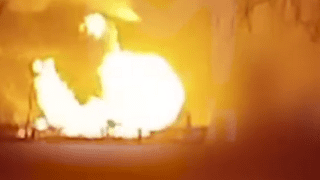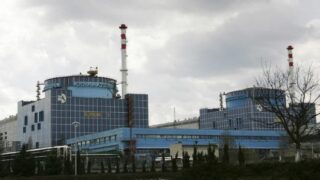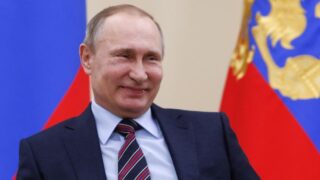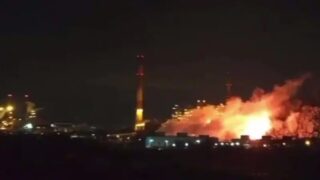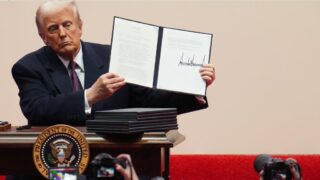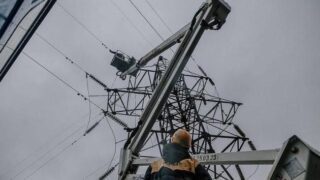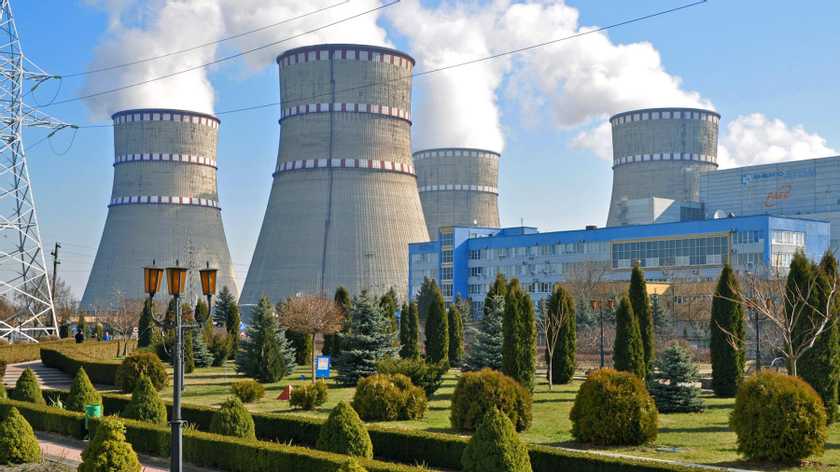
IAEA: Nuclear safety at risk as Ukraine nuclear plants cut output after Russian attack
The International Atomic Energy Agency (IAEA) reported that three Ukrainian nuclear power plants reduced electricity output following November 28 morning attacks on energy infrastructure.
Russia continues its deliberate daily air attacks on residential areas and civilian infrastructure. In its press release on the afternoon of 28 November, the IAEA failed to mention Russia, even though it was Russian troops that launched the explosive drones and missiles targeting Ukraine’s power grid. Moreover, it wasn’t the first Russian attack on the substations of the NPPs. Since October 2022, Russia has systematically targeted Ukraine’s energy infrastructure with extensive missile and drone assaults, aiming to disrupt civilian life, particularly during the winter months.
According to the press release, IAEA Director General Rafael Mariano Grossi highlighted the extreme vulnerability of Ukraine’s energy systems, stating that these attacks “put nuclear safety at great risk.” Two IAEA teams deployed in Ukraine were forced to seek shelter during the incident.
The three nuclear power plants – Khmelnytskyi, Rivne, and South Ukraine – collectively operate nine reactors, all of which decreased output. One reactor at the Rivne Nuclear Power Plant was completely disconnected from the grid, according to the report. Ukraine’s fourth and largest Zaporizhzhia NPP has been under Russian occupation since 2022.
While no direct damage to the nuclear power plants was reported, Ukraine informed the IAEA that strikes once again impacted electrical substations crucial for power transmission and reception. These substations, previously identified as critical for nuclear safety, have been damaged in previous attacks, including Russian air assaults in August.
Not addressing the culprit directly, Grossi emphasized the importance of maintaining secure off-site power supplies for nuclear sites, noting that the grid’s capability to provide reliable power has been significantly reduced. He called for “maximum military restraint in areas with major nuclear energy facilities.”
Related:




